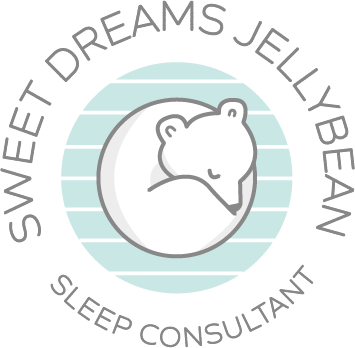Helpful vs Unhelpful Sleep Associations
01 Apr, 2020Working on establishing helpful sleep associations (and avoiding unhelpful ones) can really have a positive impact on your child’s sleep, both day and night.
Helpful Sleep Associations
If your child has helpful sleep associations such as falling asleep in their own bed or cot, having a comfort toy (if they are old enough), being swaddled (or in a sleeping bag) or having continuous white noise playing, that’s when we see long daytime naps, solid blocks of overnight sleep and ultimately sleeping through the night.
When your child wakes up after a sleep cycle, either during a nap or overnight, they may stir slightly, realise that their helpful sleep associations are still there (they have their comfort toy, they are still in their own bed and the white noise is still on, for example), and they simply put themselves back to sleep.
Unhelpful Sleep Associations
If your child has unhelpful sleep associations, this is when we see problems. Unhelpful sleep associations generally involve a parent assisting a child to sleep in some way, such as rocking, feeding, holding, continuously replacing a dummy or lying with the child until they fall asleep.
Unlike helpful sleep associations, when your child wakes between their sleep cycles, instead of stirring, realising that nothing has changed and going back to sleep, they wake up confused because things aren’t as they remember.
For example, if you rock your child to sleep, the last thing your child will remember is being in your arms. When they stir between sleep cycles, they suddenly realise that they are now in their cot, motionless and alone. They shout out for you to come back and rock them again, as this is the only way they know how to fall asleep.
This inability to resettle through sleep cycles can lead to short naps and frequent overnight wake-ups. These wake-ups will be even more frequent if your child is also overtired, and you may find yourself up every 1-2 hours overnight.
If you would like to learn how to change your child’s unhelpful sleep associations, please contact me for a free chat.







